Recently, I received several 4.2-inch e-paper screens and found that they are controlled by CC2510. I tried to drive them using ESP32 and succeeded.
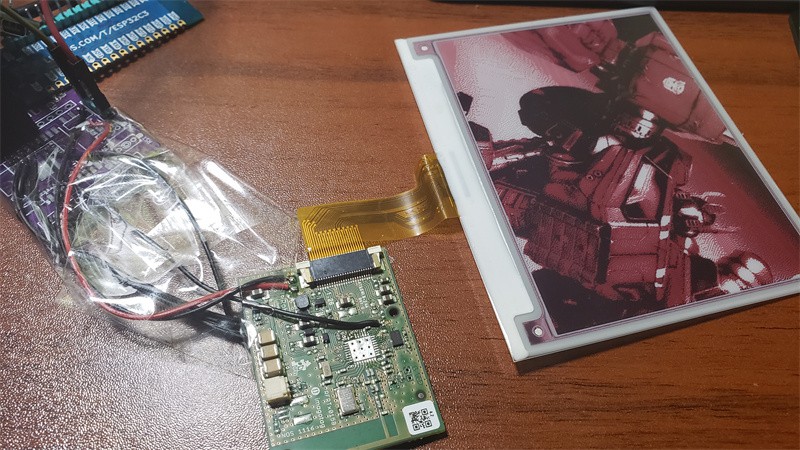
They are all SES brand and their model numbers are shown in the figure below.
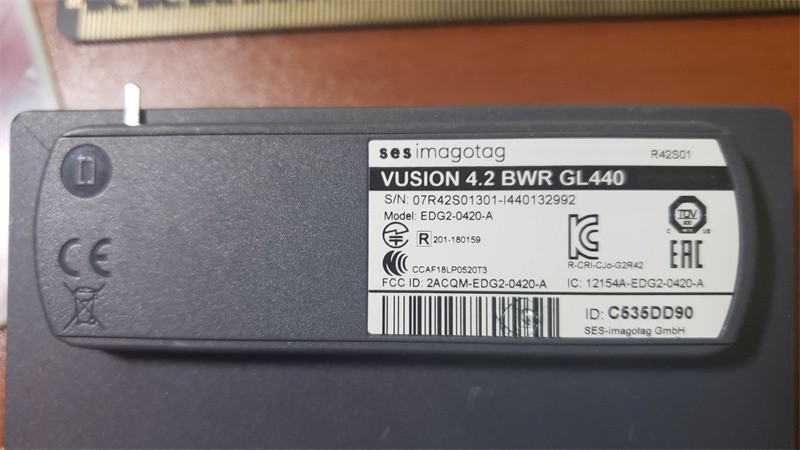
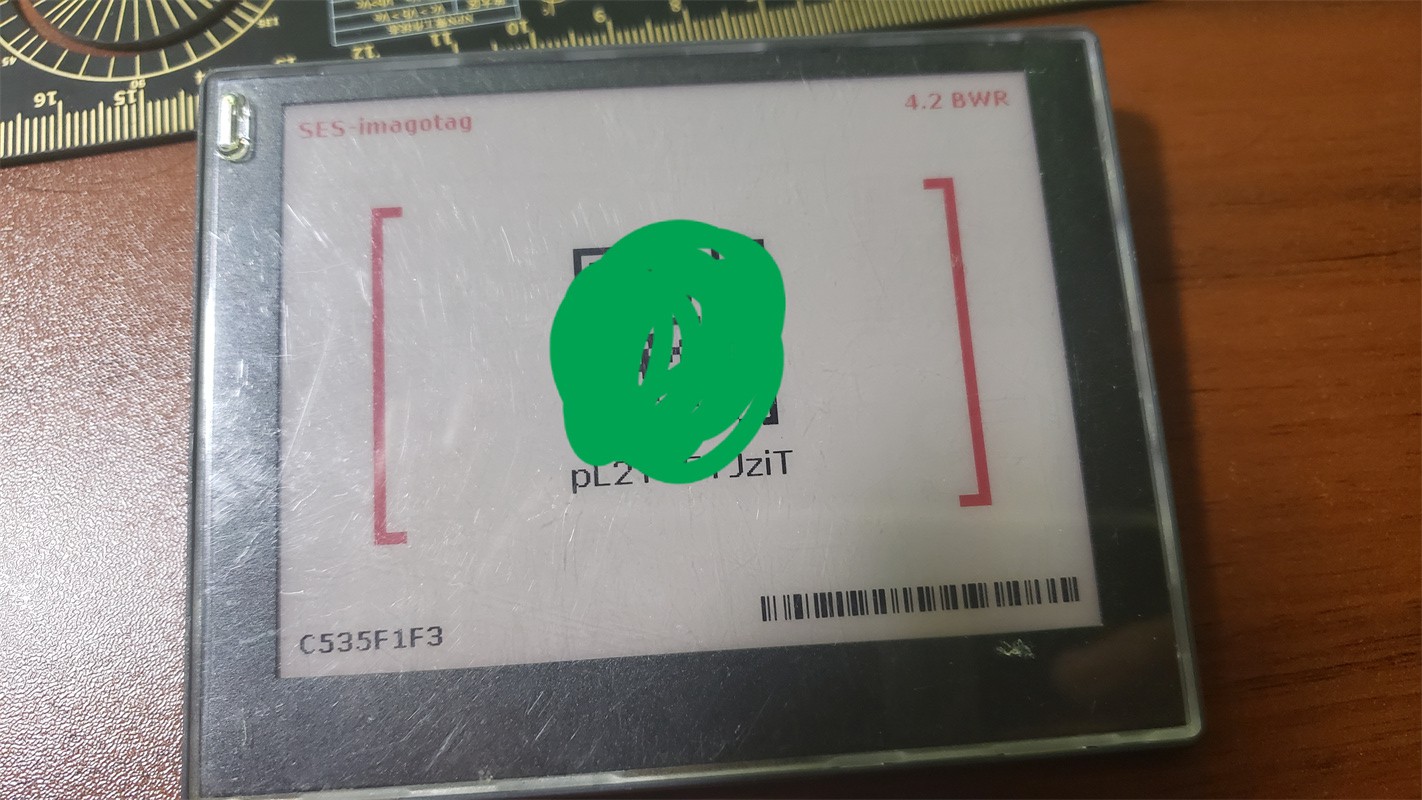
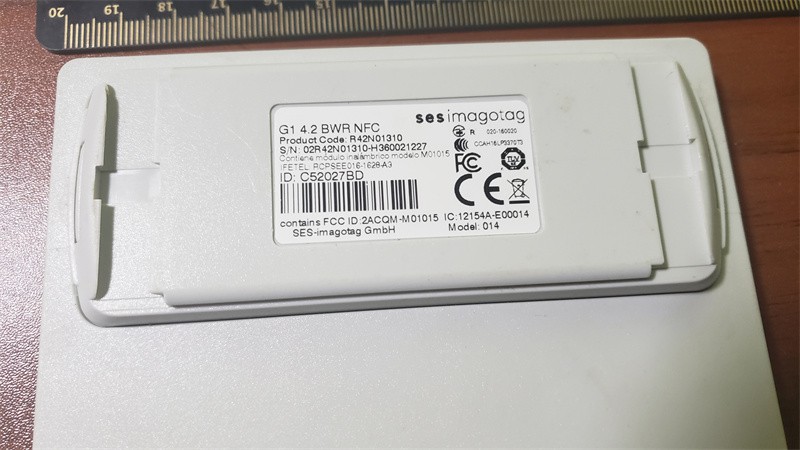
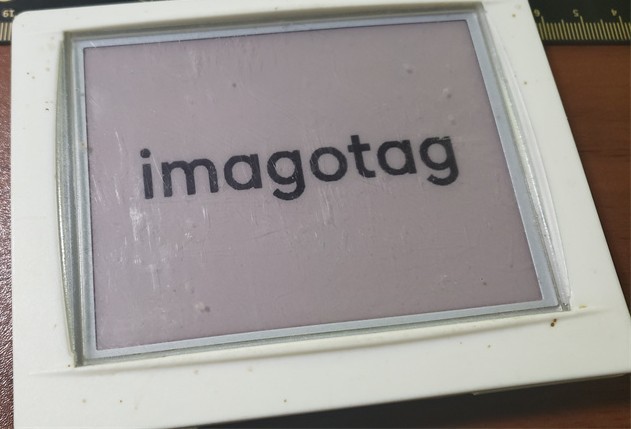
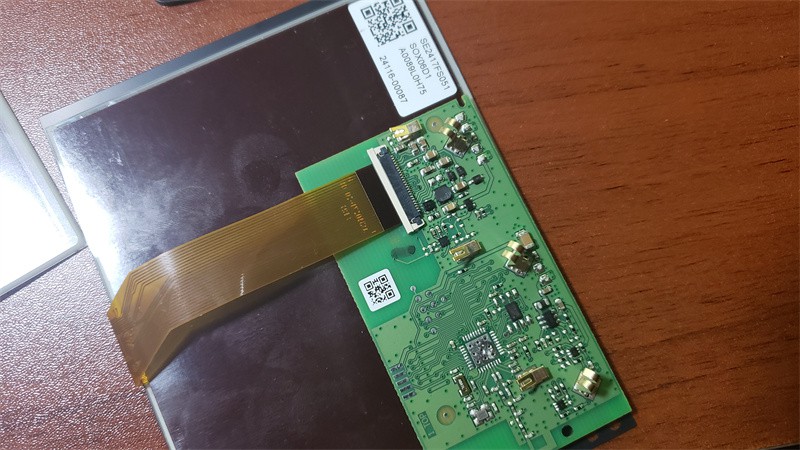
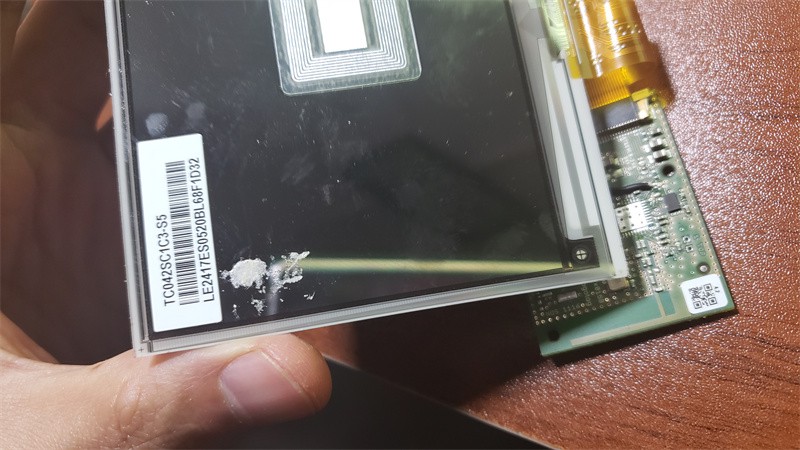
I tried opening them up to take a look and found that they all have CC2510 as the main controller. Since I didn’t have time to study them, I directly removed the chip.
After testing the circuit, I found easy-to-solder pads, marked in the figure.


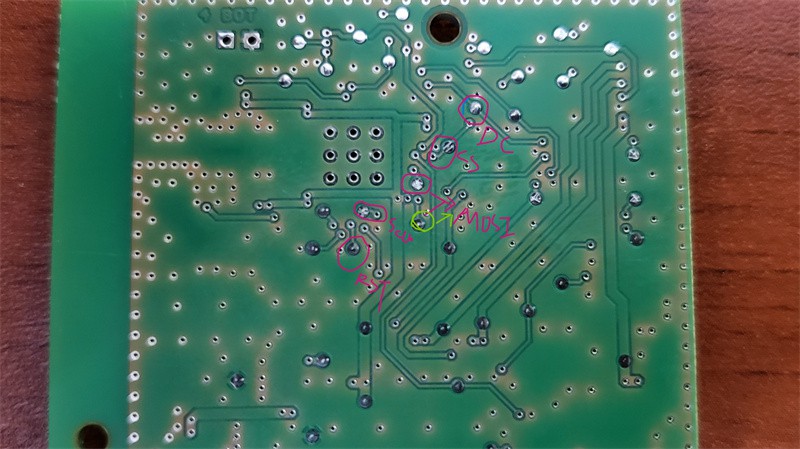
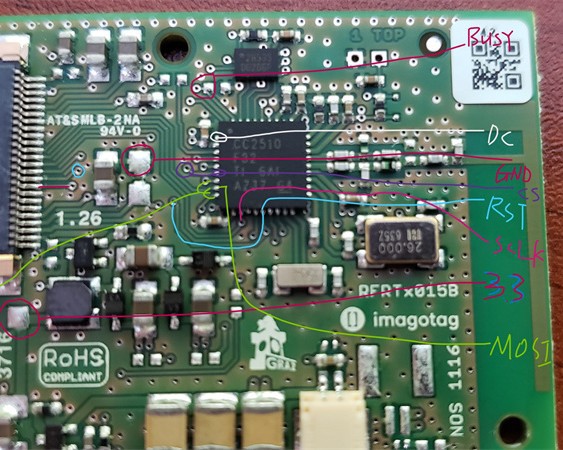
The attached program is an example code from Waveshare, using ESP32 or ESP32-S3 to update images through the network and has been tested.
EPD.h is used to connect the development board based on the pinout.
SRVR.h can be modified to set up Wi-Fi, password, and IP address based on ipconfig.
However, since the ribbon cables of these screens are arranged differently, I don't want to use jumper wires. Hence, I decided to design a PCB and use ESP32-S3 to drive the e-paper display. The design aims to support multiple e-ink screens on the market and achieve widespread popularization.
ESP32-S3 is a highly cost-effective high-performance chip that has a dual-core and a maximum clock speed of 240 MHz. It supports various communication methods such as Wi-Fi, Bluetooth, and Ethernet. When used in combination with e-paper displays, it can provide stable and reliable driving power. I will use this chip along with related development boards to design and produce a bottom board module, which facilitates quick debugging of secondary developers and speeds up the project implementation.
It is expected that the finished product of this module will have advantages such as low power consumption, high resolution, and portability, which can be widely used in the Internet of Things, smart homes, e-books, and other fields, meeting the multiple needs of users for e-paper displays such as performance and ease of use.
Whether you are a maker, developer, or DIY enthusiast, this PCB design is an open-source project that's worth looking forward to. It is expected to bring more DIY inspiration and drive the further development of e-paper technology.
 MakerM0
MakerM0
Discussions
Become a Hackaday.io Member
Create an account to leave a comment. Already have an account? Log In.